The animal kingdom contains creatures of all shapes and sizes, from the tiniest insects to the mightiest mammals. Among this diversity, some species stand out for their sheer immensity, captive the imagination with their colossal dimensions. This article explores the 10 largest animals in the world today, examining their exceptional size, weight, and natural habitats.

Top 10 Largest Animals in The World
Blue Whale (150 Tons)
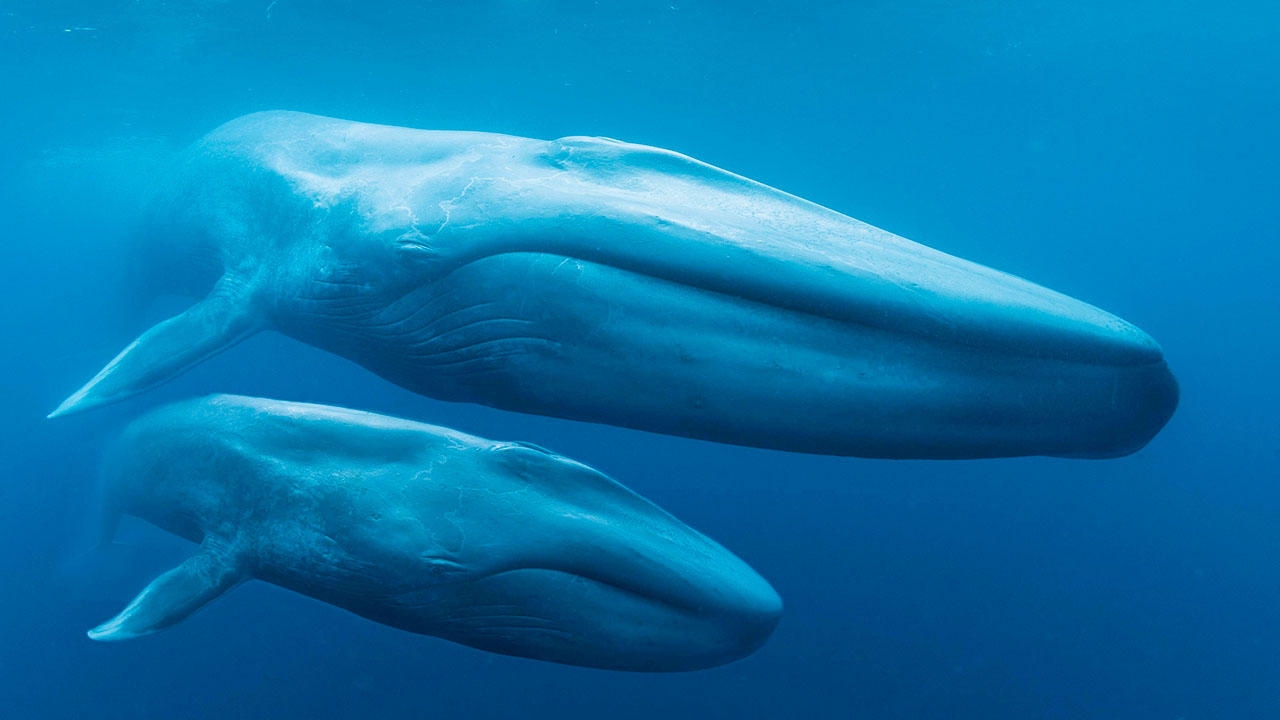
The Largest Animal Ever
Towering above all others, the blue whale is the largest animal to have ever existed on Earth. These magnificent marine mammals rule the oceans at up to 100 feet long and weighing over 150 tons. Their tongues alone can weigh as much as an elephant. Blue whales feed by gulping up to 8,000 pounds of krill in a single mouthful. With hearts the size of small cars, they circulate over 200 gallons of blood through their bodies.
Deep Divers
Blue whales are found in all the world’s oceans aside from the Arctic. They often feed at depths of over 1,000 feet, holding their breath for up to 90 minutes while hunting krill. Their blows can reach 30 feet high when they surface. While blue whale populations are recovering from whaling, they remain endangered with around 15,000 left globally. Their awe-inspiring size still captures imaginations around the world.
Sperm Whale (41 Tons)
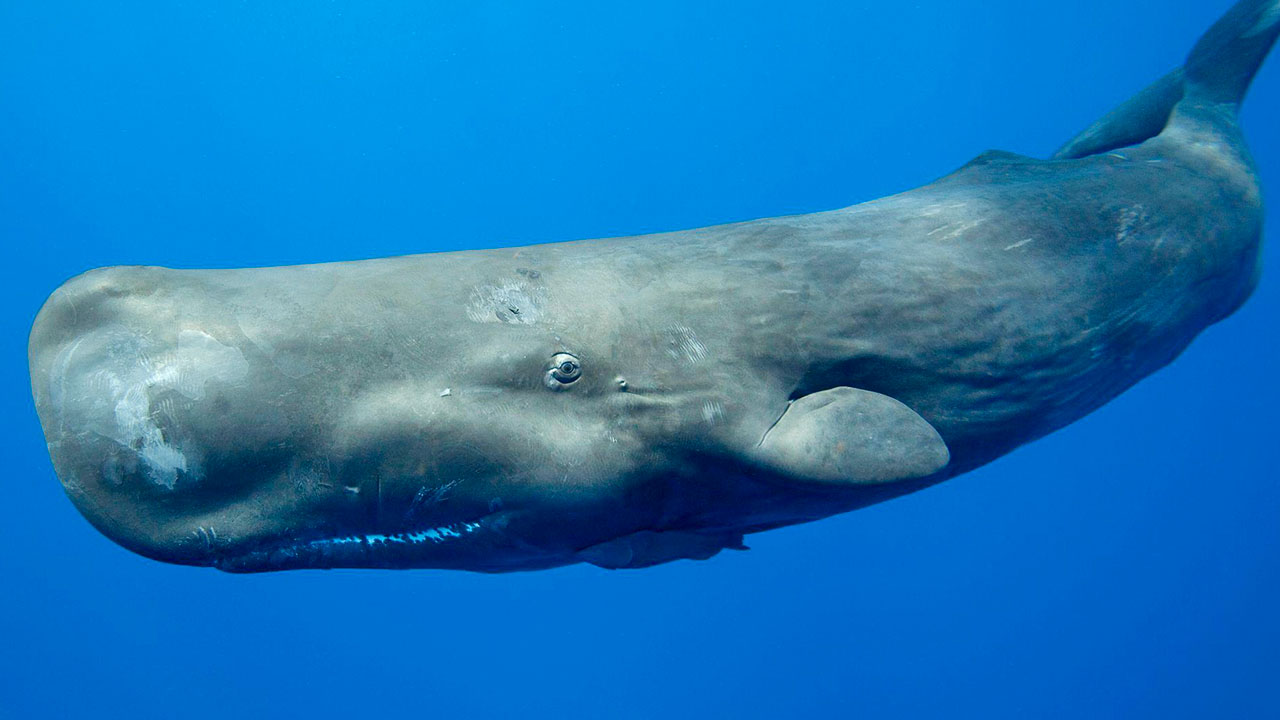
Largest Toothed Whale
Second only to the blue whale, the sperm whale is the largest toothed whale in existence. Males grow up to 60 feet long and weigh around 41 tons. Their block-shaped heads take up to a third of their total body length. Inside are the planet’s largest brains, useful for emitting morse-code like clicks to echo-locate squid and fish up to 6 miles away. Add powerful jaws and stomachs full of corrosive gastric juices, and these behemoths rule their deep sea domains.
Valuable Ambergris
Sperm whales are found across deep waters worldwide. Their ability to dive over 6,500 feet seeking giant squid amazes scientists. While males socialize around polar waters, females and calves inhabit tropical seas. Their intestines also produce ambergris, a rare, valuable waxy substance used in perfumes. Around 200,000 sperm whales roam the oceans today.
Humpback Whale (30 Tons)
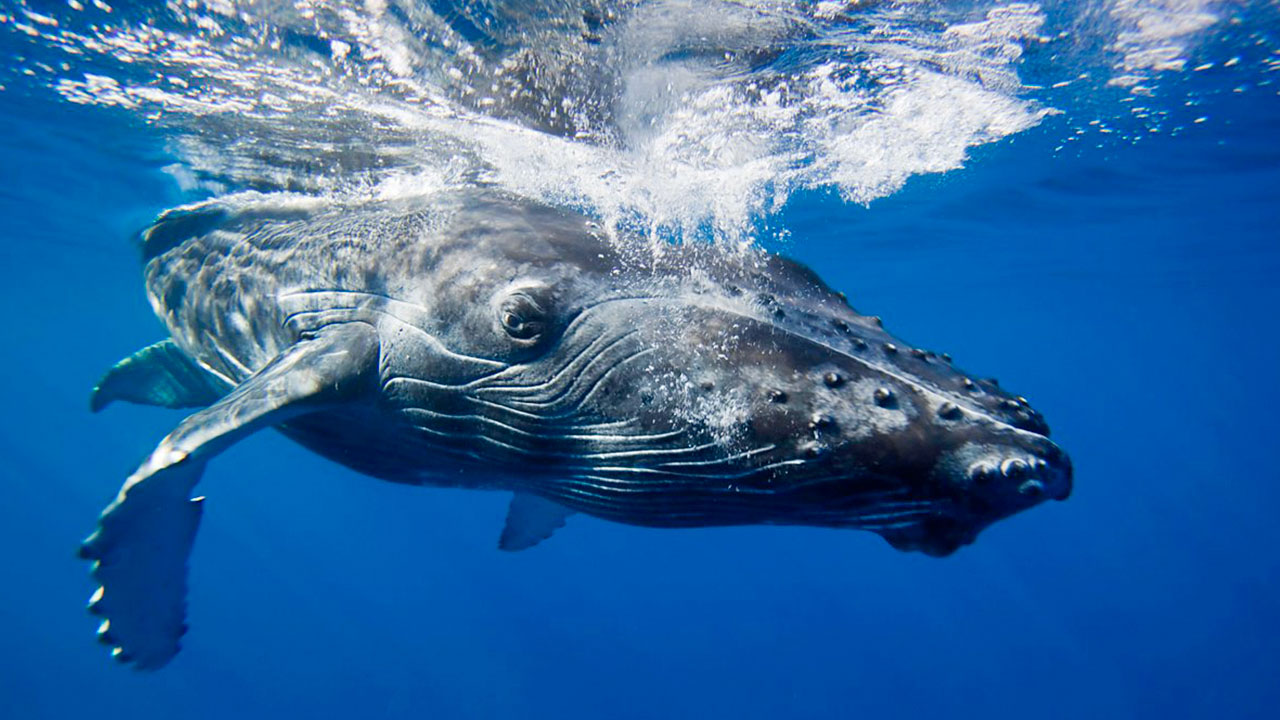
Acrobatic Whales
Famed for their enchanting songs and acrobatics like breaching, humpback whales impress with their playful nature and 50 foot lengths. Weighing around 30 tons, these energetic whales migrate incredible distances each year between their cold water feeding grounds and tropical breeding areas near the equator. Their extravagantly long pectoral fins can span up to a third of their body size.
Filter-Feeding Lunge Specialists
Humpbacks inhabit every ocean. They demonstrate advanced social behaviors from intricate greeting rituals to cooperative bubble-net and trap feeding maneuvers. Their diverse diet includes swarms of tiny crustaceans and fish concentrated by working together. With around 80,000 remaining globally, humpbacks have recovered strongly from whaling to once again mesmerize whale watchers with their charismatic displays.
Whale Shark (20 Tons)
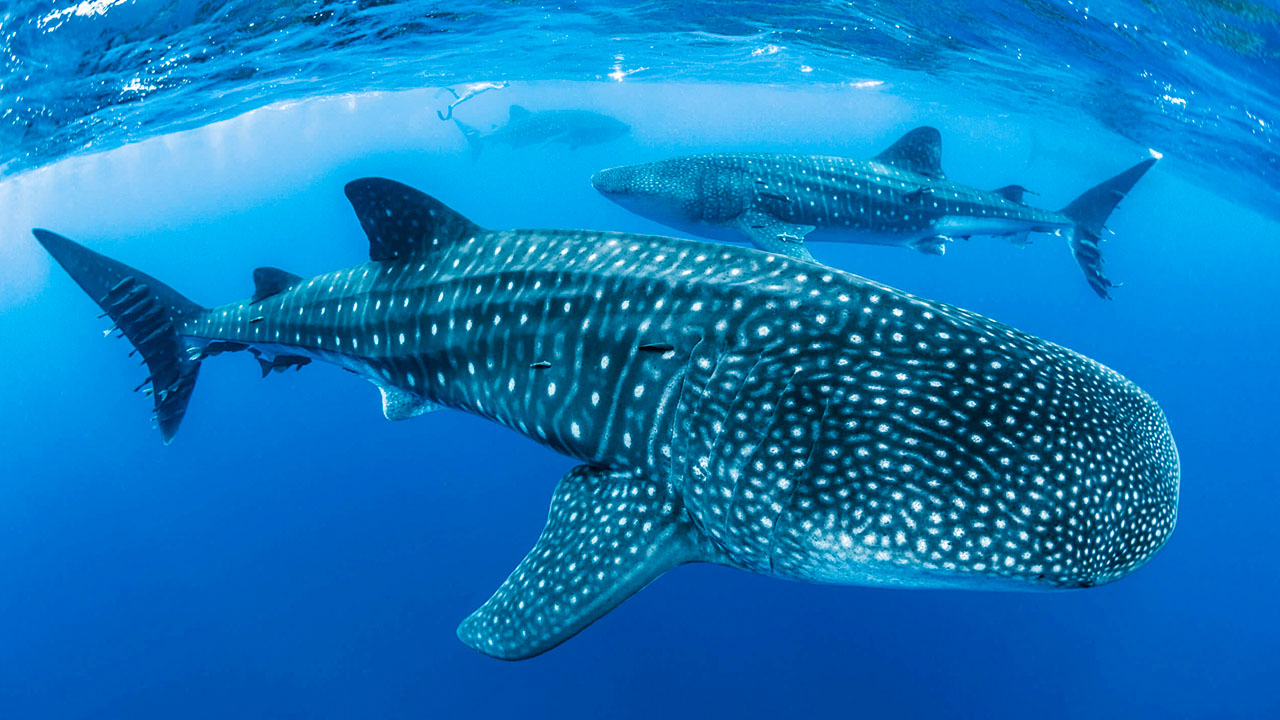
The Largest Fish
Despite its name, the whale shark is not a whale but the largest fish on the planet. Reaching at least 40 feet long and over 20 tons, everything about this shark is big. Its mouth can span 5 feet wide to filter feed on tiny plankton and krill as it cruises tropical seas. Amazingly for their size, whale sharks have tiny teeth and feed like vacuum cleaners not ferocious predators. Their spotted pattern makes each shark unique.
Mysterious Giants
Little is known about whale sharks given their vast migrations across warm waters worldwide. They frequent coral reefs and gather at coastal feeding grounds. As filter feeders they pose no threat to people, instead sometimes allowing divers to hitch a ride. However, their populations are declining due to ship strikes and fishing pressure. Conserving these gentle giants remains a priority globally.
African Bush Elephant (6 Tons)
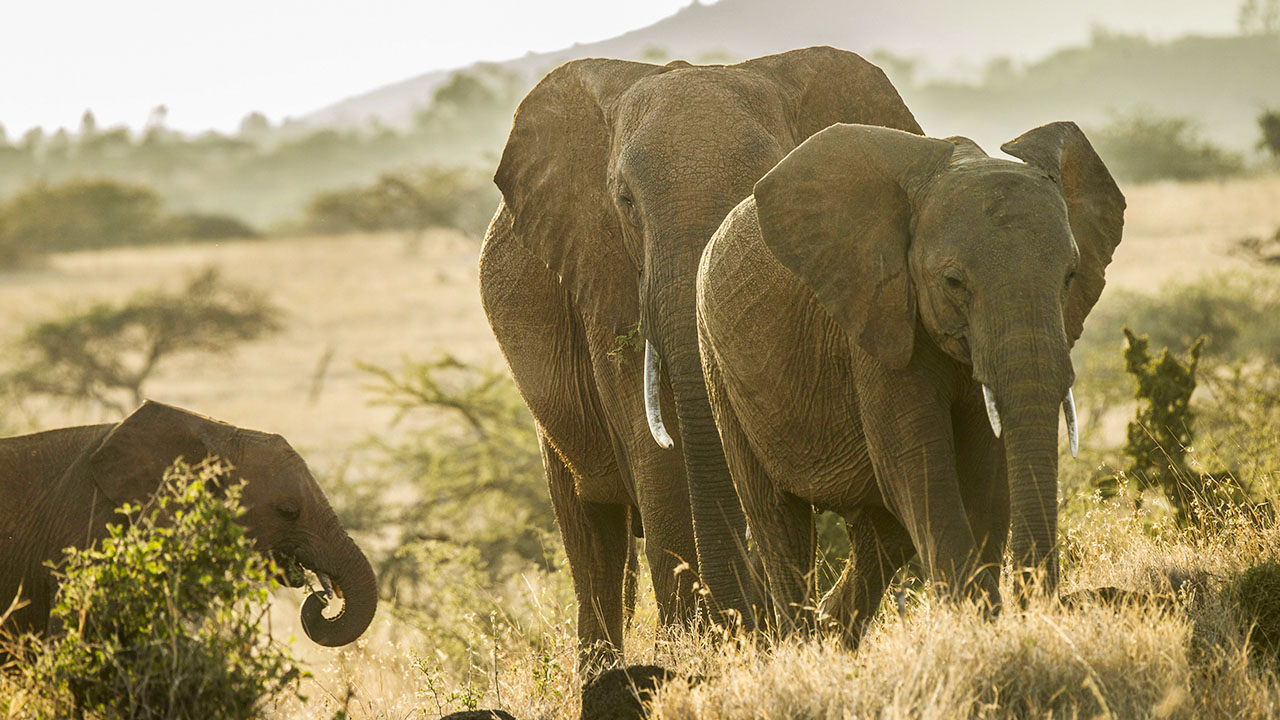
The Largest Land Mammal
On land, no animal surpasses the exceptional size of the African bush elephant. Towering up to 13 feet tall at the shoulder and weighing over 6 tons, these monumental mammals impress all who encounter them. Despite their immense bulk they can charge 35 miles per hour and consume over 300 pounds of vegetation daily. Their dexterous trunks act like extra hands while massive 6 foot tusks intimidate rivals.
Complex Social Lives
African bush elephants inhabit many habitats across 37 countries in sub-Saharan Africa. They live in family herds led by the eldest females. Traveling distances to find food and waterholes in droughts, they form strong social bonds over generations. Once ranging over 20 million strong, they now number around 415,000 amidst threats from poaching and habitat loss. Protecting these intelligent, sensitive giants remains critical.
Basking Shark (5.2 Tons)
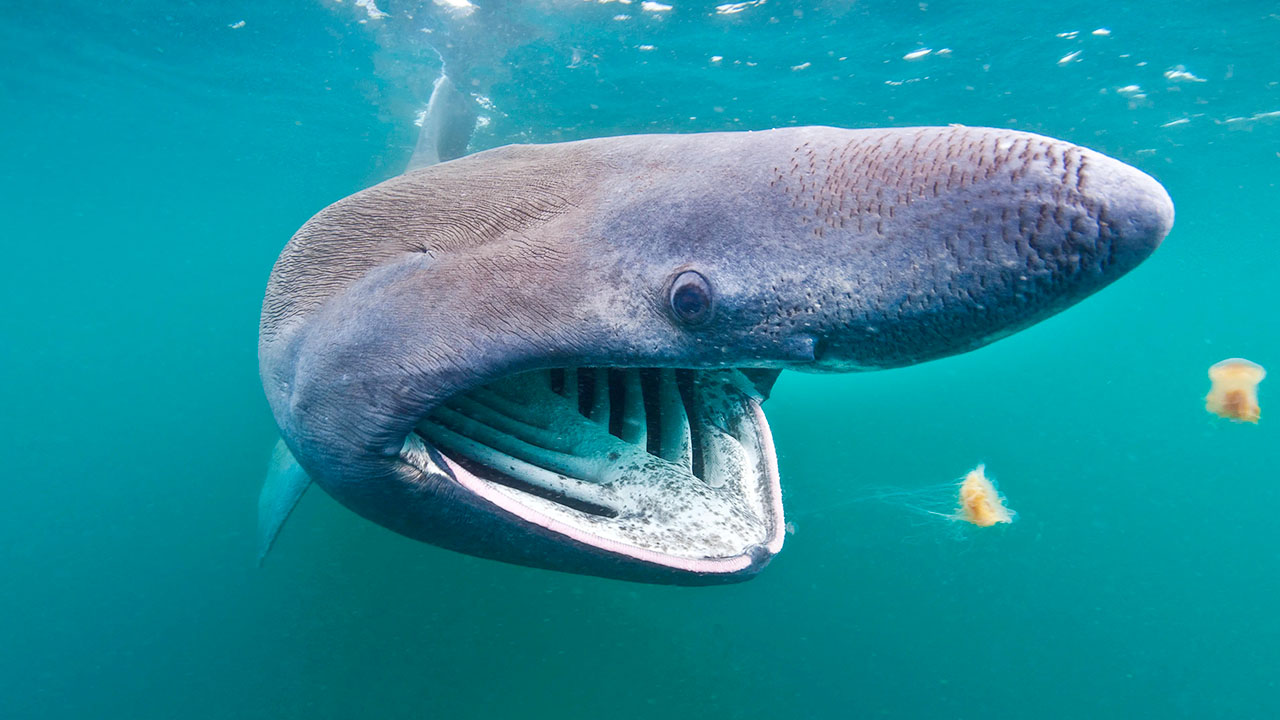
Gentle Giants
Second only to whale sharks in size, basking sharks are gentle giants of the oceans. These massive sharks grow over 35 feet long and weigh around 5.2 tons. Like whale sharks they have tiny teeth, instead filter feeding microscopic plankton through special gill rakers. They cruise at slow speeds with mouths wide enough to engulf an entire car! Despite their intimidating appearance, they pose no threat to people.
Migrating Through Temperate Seas
Basking sharks roam all temperate oceans from New Zealand to Canada, even spotted within the Mediterranean. In summer they feed closer to shore and surface more during plankton blooms. Their migrations and social behaviors still perplex scientists. Vulnerable to exploitation for fins, meat and oil, global populations likely number under 50,000 today. Safeguarding these innocuous giants remains crucial.
Killer Whale (4 Tons)
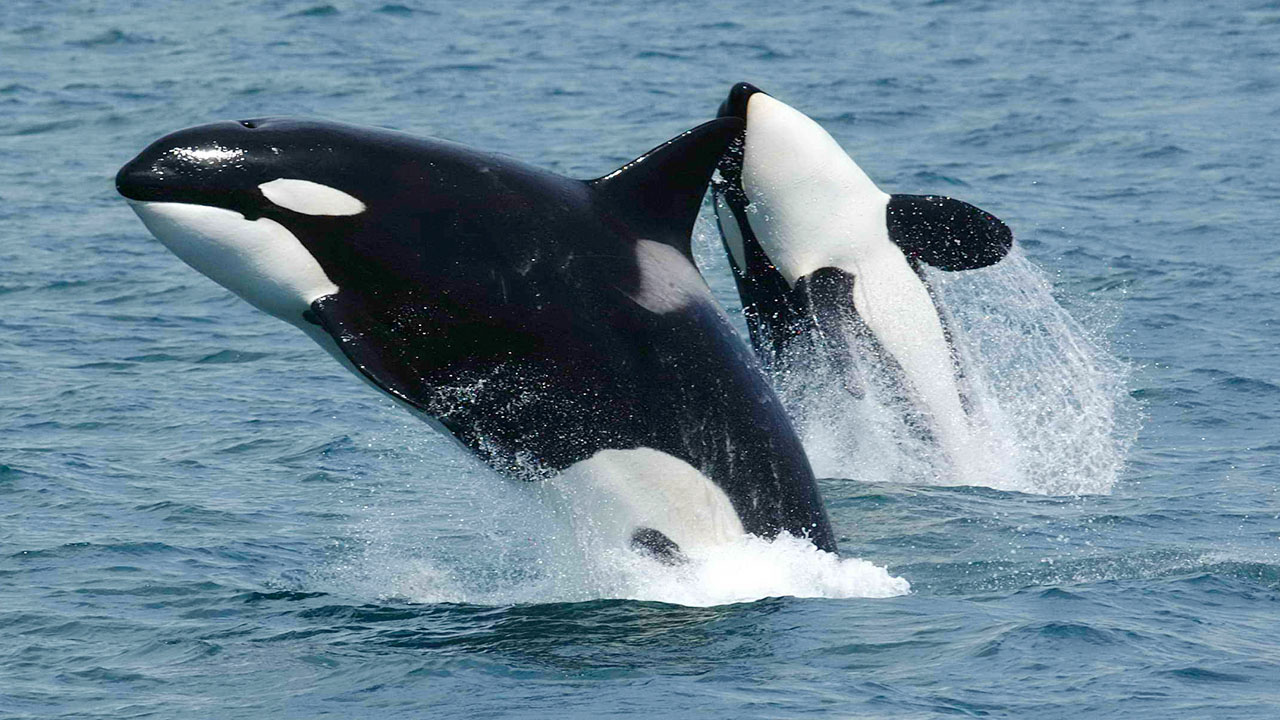
Apex Ocean Predators
Few creatures strike awe and fear like killer whales, also known as orcas. Reaching over 30 feet long and weighing around 4 tons, these agile predators dominate the oceans. Highly intelligent and social, they employ advanced cooperative tactics to corral massive whales and sharks for the kill. Their sleek black-and-white pattern distinguishes them instantly. Males intimidate enemies with towering 6 foot dorsal fins.
Complex Pod Dynamics
Killer whales inhabit every ocean yet avoid tropical seas. Their diverse diets range from fish and turtles to seals, sea lions and great whales depending on the pod and region. Each pod develops distinct hunting strategies and dialect passed down generations. Females lead closely-bonded groups while males may disperse between pods seeking mates. Stable overall, certain pollutants can impact populations. Their power and intelligence never fail to impress.
White Rhinoceros (2.3 Tons)
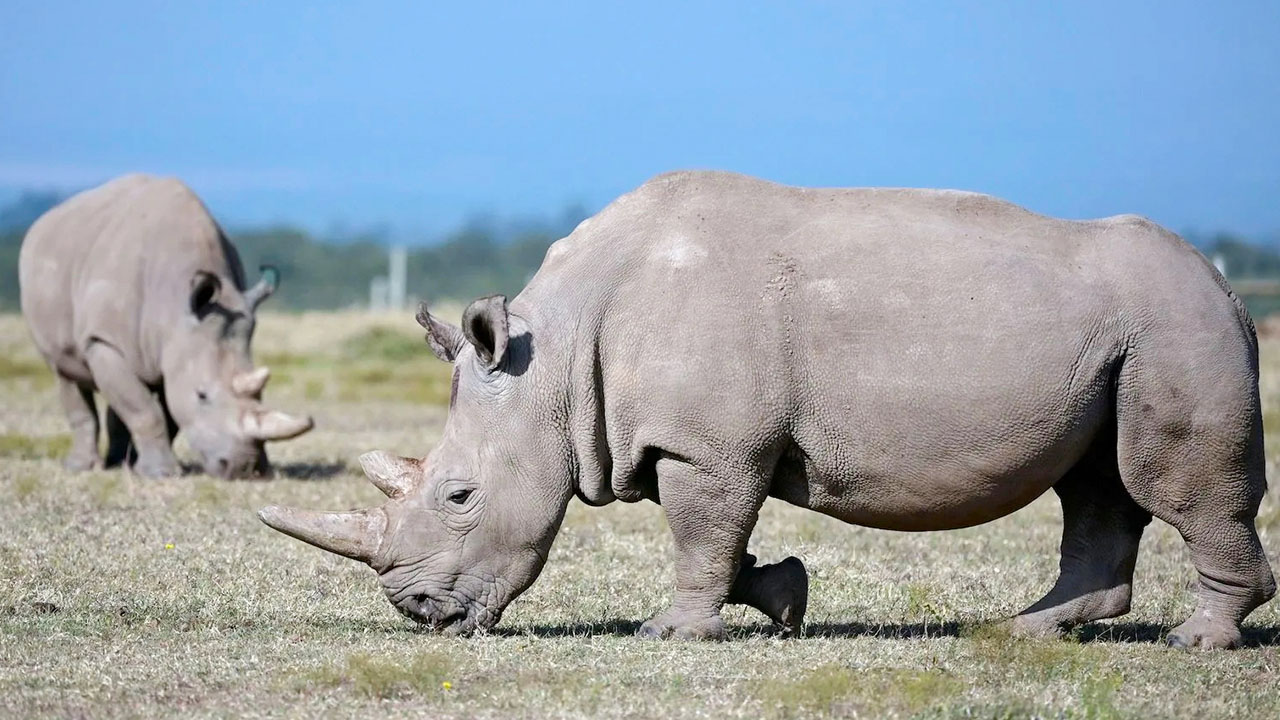
Giants of The African Savannah
The white rhino claims the title as largest land mammal after elephants, standing 6 feet tall at the shoulder and weighing over 2 tons. Despite their name, white rhinos sport grey skin with distinct hooked upper lips useful for grazing grass. They frequently share their habitat with herds of zebra and wildebeest across African savannahs and woodlands. While bulky and sturdy overall, they can still gallop over 30 miles per hour.
Critically Endangered
Africa now holds the last wild white rhino populations, however poaching has decimated their once abundant numbers. Their impressive horns remain lucrative on black markets despite global protection efforts and breeding programs. Northern white rhinos are functionally extinct with only two elderly females remaining under guard in Kenya. Just over 17,000 southern white rhinos survive, though more than 70% now live on private ranches and nature reserves away from poachers. Protecting them remains critical.
Hippopotamus (1.8 Tons)
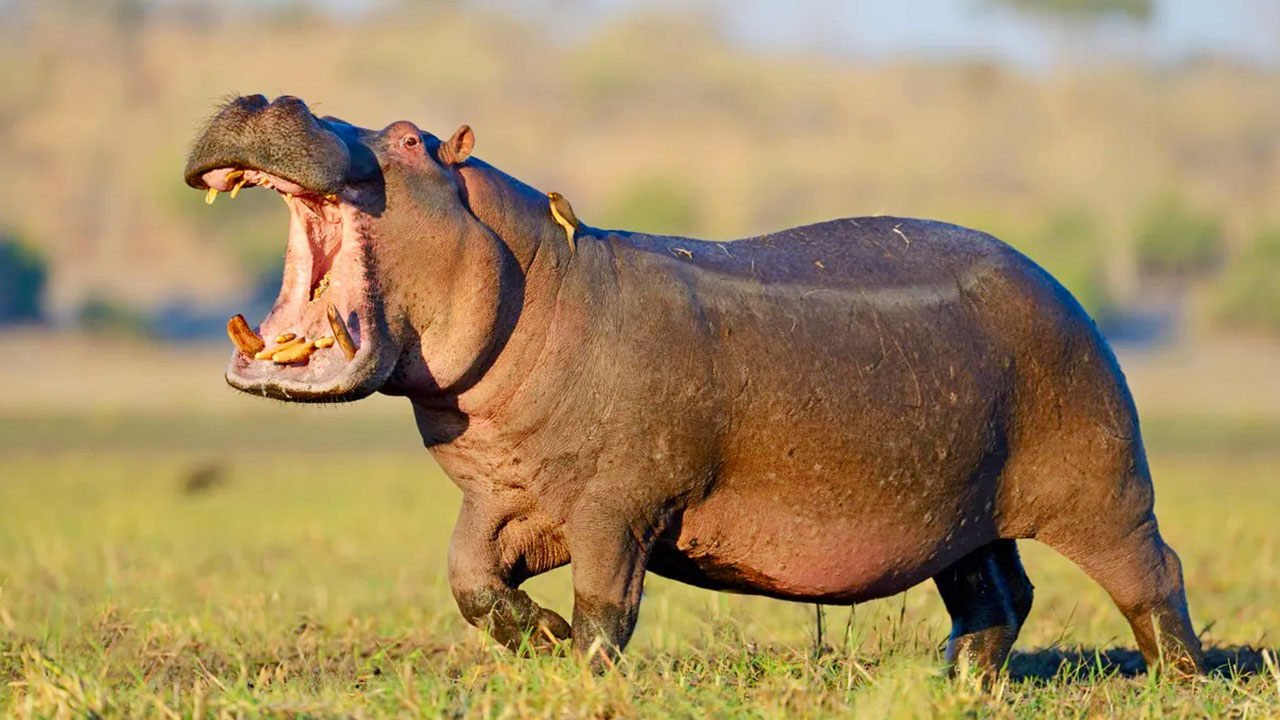
Lethal Giants
The ominous shape of hippos promises formidable opposition for any animal that crosses them. These semiaquatic giants reach 15 feet long and weigh almost 2 tons. With sharp tusks and powerful jaws, hippos kill more people each year than any other wildlife. Normally placid grazers, male hippos fiercely defend their river territories from rivals with gaping hippo-on-hippo battles. Females lead small family pods while bulls control smaller harem groups.
Environmental Engineers
No river or lake in sub-Saharan Africa is safe from hippos. They spend sun-baked days cooling off in water to protect their sensitive skin, rising at night to graze. Their amphibious lifestyle shapes entire ecosystems. Trails carved between feeding areas create channels that carry nutrients and water inland. Now numbering around 115,000, maintaining healthy river systems helps hippos thrive amidst human settlements.
Gaurs (1.5 Tons)

Massive Wild Cattle
The seldom seen gaur holds the title as the world’s largest wild cattle breed. These towering oxen from Southern Asia stand over 6 feet tall with muscular frames weighing around 1 ton for females and 1.5 tons for males. Both sexes sport distinctive high dorsal ridges and white stocking legs. Males use their imposing horns over 3 feet long to assert dominance over any animal that dares enters their forested territory.
Endangered Forest Guardians
Today gaur herds roam forests across India, Nepal, and Malaysia. As versatile grazers and browsers, they play a key role in shaping wooded landscapes and seed dispersal. However, habitat loss and poaching have caused an estimated 30% populations declines over 30 years. Estimates suggest fewer than 28,000 wild gaurs remain across fragmented sanctuaries. Conservation efforts focus on protecting remaining herds and forest corridors across their home ranges.
Conclusion
Top 10 largest animals in the world explored in this article represent the upper limits of size and weight across their habitats. As apex predators, ecosystem guardians, and charismatic filter feeders, their unique lives and impressive proportions seem almost mythical at times. Even the smallest species featured ranks among the mightiest animals within its domain.
Sadly, many now face deteriorating conservation status despite their iconic profiles and sheer mass. Blue whales hunting undisturbed while sperm whales plummet the ocean depths tell tales of recovery, yet all still suffer ongoing threats from human activities. Preserving their intricate roles in the global ecosystem remains imperative. Hopefully as wildlife tourism and research continues, future generations may also marvel at their superlative scale.



